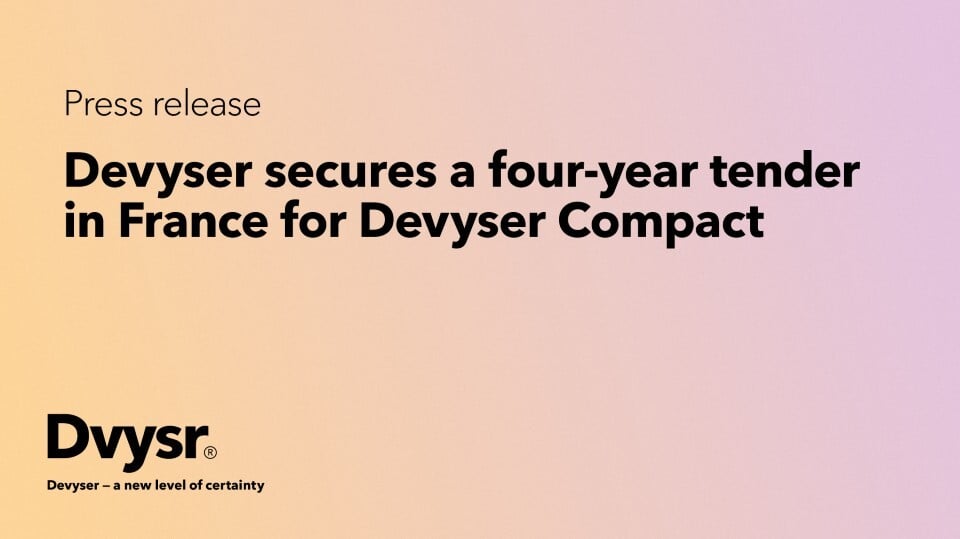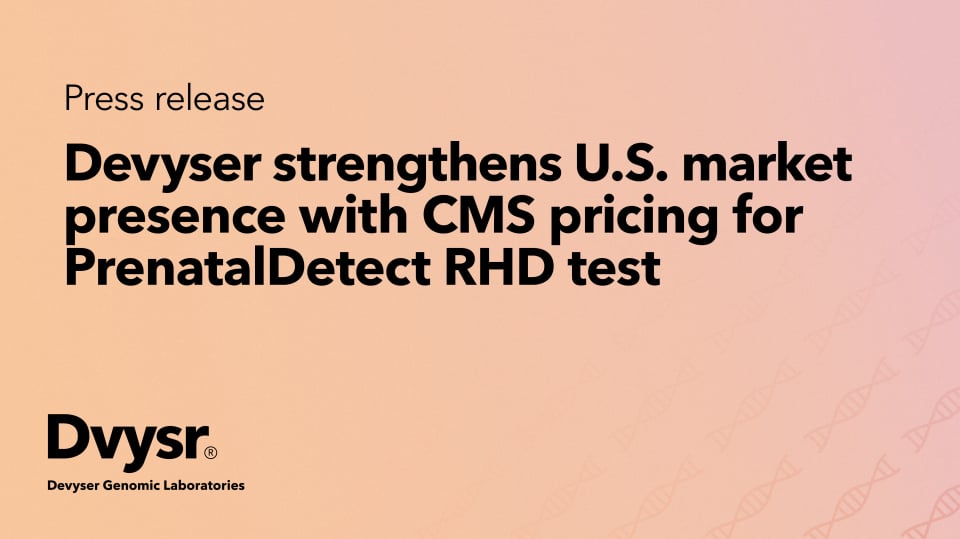Devyser wins Norwegian tender for Devyser CFTR at Oslo University Hospital
Devyser is proud to announce that the company has been awarded a tender by Oslo University Hospital...
Thalassemias

Thalassemias | October 3, 2022
Genetic testing has always been central to the thalassemia patient journey. However, conventional testing methods present a range of challenges to both laboratory directors and physicians.
Testing for thalassemia usually involves a patchwork of methods, from PCR to MLPA, to check for all possible changes. Not only is this a lengthy and complicated process, but it comes with a higher risk of variant non-detection and sample contamination. Considering the current patterns of thalassemia, we can no longer afford to accept these issues.
In the past, certain variants were restricted to specific populations. For example, β-thalassemia would be expected in people of Mediterranean descent (the disease was even once known as Mediterranean anemia). Today, migration flows have shifted prevalence and we are seeing β-thalassemia in regions where it was previously a rare disease.
Next-generation sequencing (NGS) testing can be used for simultaneous analysis of HBA and HBB gene clusters. It can be performed as a simple, rapid, one-tube reaction that streamlines testing procedures and provides higher quality results.
NGS technology has revolutionized genomic research and clinical genetics. Parallel sequencing of small DNA fragments allows us to capture a broader range of variants in a single test. In comparison, traditional Sanger sequencing only detects small insertions, deletions, and substitutions. To detect additional changes, you have to add more methods to the workflow. This is why conventional thalassemia testing requires a multi-step process to cover all the potential variants. It is also why it frequently misses.
In a recent study, the Devyser Thalassemia NGS assay was applied to a number of samples with pathogenic globin gene variants. In 15% of them, NGS detected additional variants that traditional workflows had not revealed. Why? In a conventional setting, the workflow might stop as soon as a pathological variant is detected. With NGS, however, all gene clusters are interrogated simultaneously. Because it provides comprehensive analysis on the first try, NGS sequencing reduces undetected variants and provides clinicians and patients with robust information.
NGS is free of bias because it does not rely on prior knowledge of common variants. As thalassemia patterns change, our notions of "what to expect" are becoming more and more obsolete. NGS gives you a bird's eye view of gene clusters, which is something we increasingly need.
While NGS is an elegant and sophisticated technology, running the test is way simpler than other methods. As a one-tube assay, Devyser’s NGS test removes complicated workflows, replacing them with a single-step approach (that is also more accurate.)
Eliminating the need for multi-method testing means
The Devyser kit comes with indexes pre-dispensed in a strip or a plate, further reducing hands-on time, as well as the space for human error. Ultimately, NGS testing is fast, straightforward, and accurate. But the question remains:
There are upfront costs associated with implementing NGS. Despite the shortcomings of conventional thalassemia testing, many wonder if an NGS investment is right for their laboratory. Laboratories are often commercial enterprises, and making a profit is a prerequisite for them to continue to exist, pay their staff, and deliver results. When it comes to NGS costs, it's an investment that increases the cost per test but is unlikely to affect (or even increase) profit. Here's why:
Labor costs are usually the biggest expense for any business, accounting for as much as 70%. This includes talent acquisition, payroll, training costs, etc. Implementing NGS can reduce all of these costs. It's a quick, simple and straightforward process. You don't have to spend weeks (or even months) training lab technicians to do it, your specialists can use their time elsewhere, and it won't come at the cost of inaccurate results.
The second money-saving aspect of NGS implementation is quality control. Conventional thalassemia testing is a costly process to validate, and the multi-step workflow makes errors much more likely than with NGS. In short, NGS reduces staff and quality control expenses while improving accuracy. This doesn't even take into account aspects such as laboratory reputation. By offering high-quality thalassemia testing (in a world of changing disease patterns), you not only benefit patients, but also foster a stronger relationship of trust with your customers.
Devyser’s NGS test for thalassemia offers simple, fast, and accurate results with a one-tube test. Not only is it a more efficient process, but it also provides comprehensive, bias-free testing, delivering higher quality information to both physicians and patients. Investing in NGS also optimizes laboratory spending on staff and quality control, while reinforcing lab-clinician relationships.
We are here to help you in the implementation journey. Choose one of these options to take the next step:
We are looking forward to working together!

Devyser is proud to announce that the company has been awarded a tender by Oslo University Hospital...
Read More

Devyser, a leading provider of advanced genetic testing solutions, has been awarded a new tender in...
Read More

Devyser is proud to announce that One Lambda Devyser Chimerism and Advyser Chimerism have been...
Read More

Devyser today announced that the Centers for Medicare & Medicaid Services (CMS) has issued its...
Read More